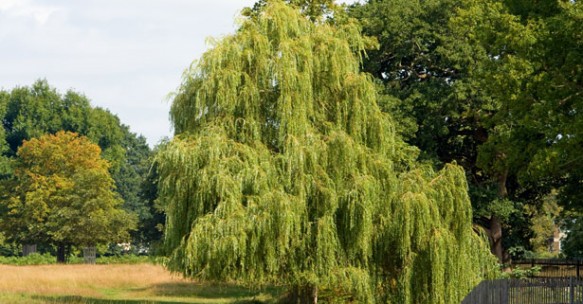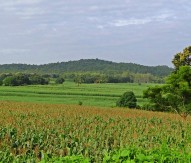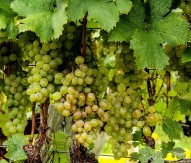
Belgian tree harvest shows use of biomass reduces CO2 emissions
A research team led by ERC grantee Professor Reinhart Ceulemans, a leading expert in forest ecosystems and bio-energy crops from the University of Antwerp in Belgium, has found that poplars and willows produce six times more energy than they consume and reduce CO2 emissions.
There are three questions that have never been fully answered about the use of biomass from plants as a renewable energy source. Scientists are still unsure of whether it is efficient, whether it is economically profitable, and if it really reduces greenhouse gas emissions.
Ceulemans and his team are harvesting the largest experimental tree plantation in the world, and have been working for five years on the potential of poplars as a substitute for fossil fuels.
“The POPFULL project is the first in the world to draw up these complete figures,” explained Ceulemans, head of the research group in Antwerp. “The results confirm that poplars and willows are exceptionally suited to biomass plantations operating in our temperate climate. We have calculated that, in terms of energy, this bioenergy plantation is very profitable (six times more energy output than input) and mitigates a considerable amount of greenhouse gases.”
The project, which is funded by a €2.5m Advanced Grant from the European Research Council, involves work on a short rotation coppice plantation (SRC) field of poplars in Lochristi, Belgium. SRCs are highly dense plantations of fast-growing trees grown in rotations of less than five years, which provide many benefits in terms of energy balance, CO2 emissions, protection and purification of water, maintenance of biodiversity, landscape preservation and decrease in land erosion.
Ceulemans’ research results also prove that the biomass produced at plantations that use SRCs significantly reduces CO2 emissions produced during renewable energy production. However, significant emissions of nitrous oxide and methane – two powerful greenhouse gases – were observed at the plantation, which was formerly farmland, between 2010 and 2013. This means that the greenhouse gas balance is dependent upon the soil conditions and on the amount of fertilisers used in the past.






